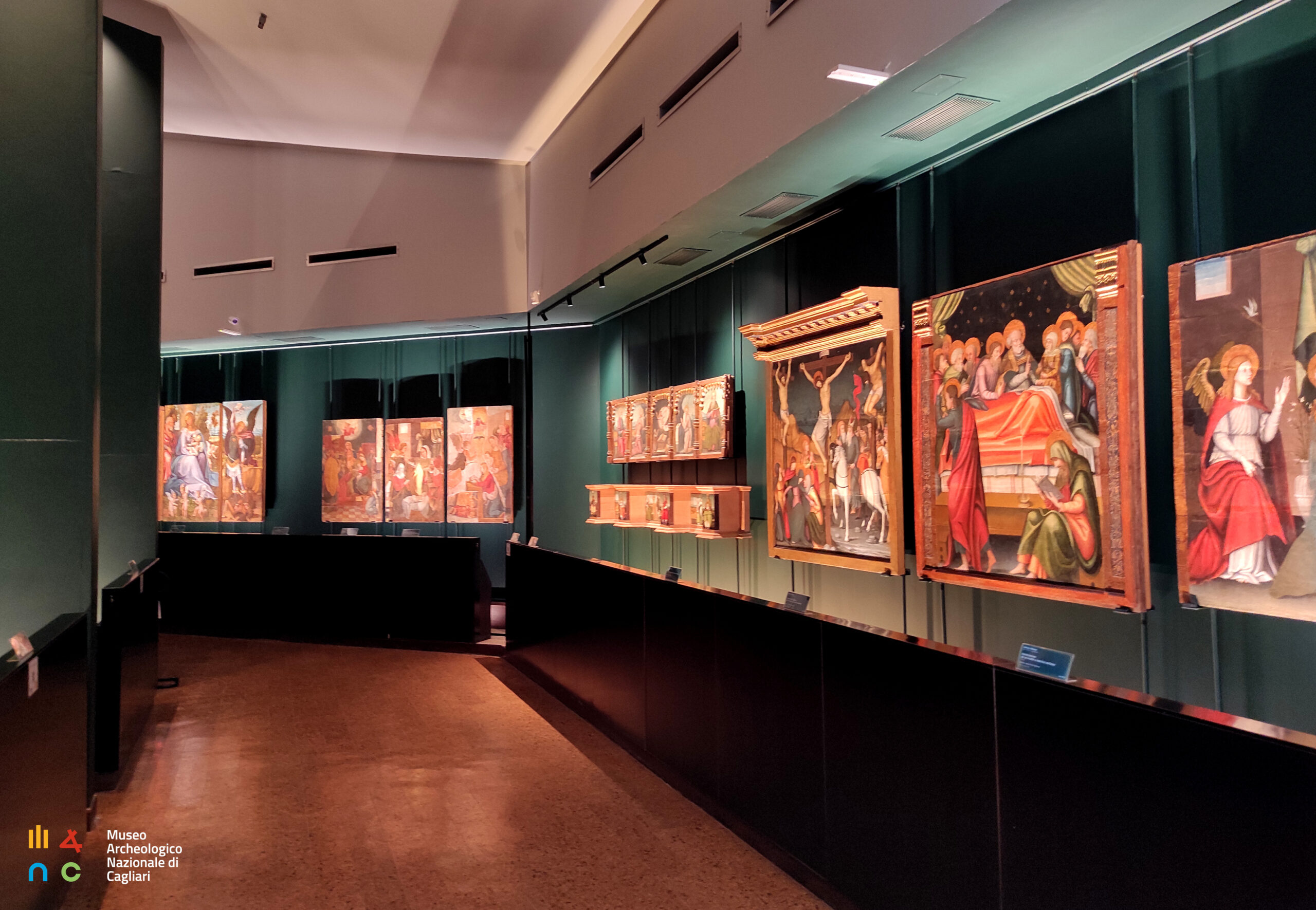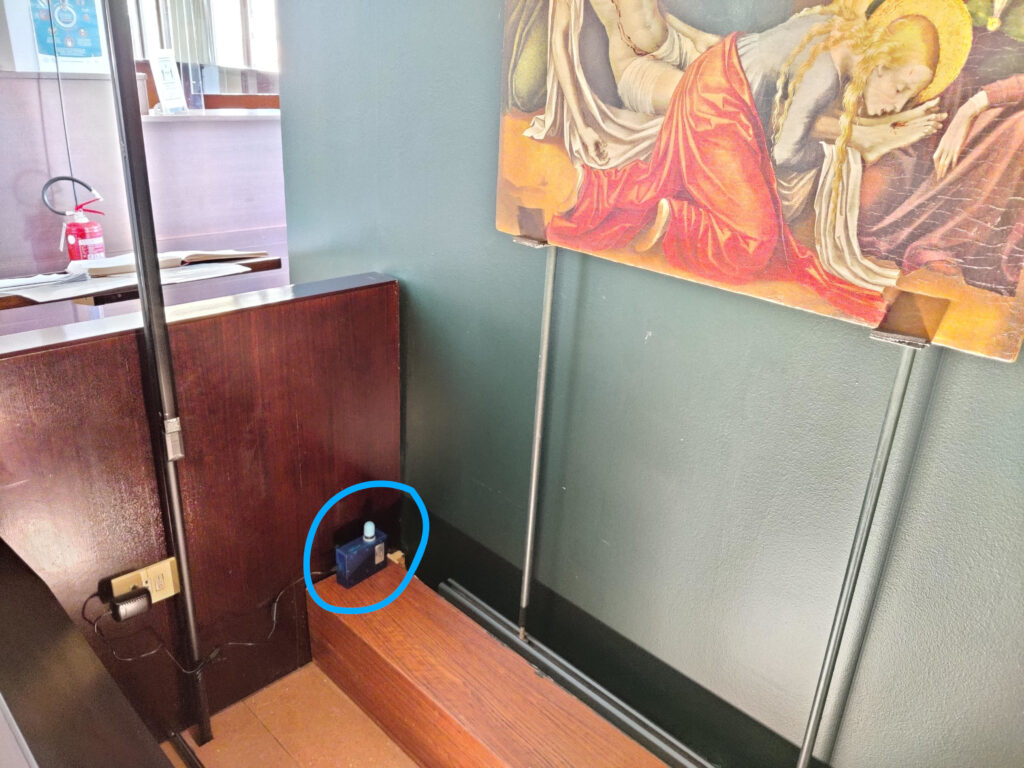Test site
Pinacoteca Nazionale of Cagliari | SARDINIA

La Pinacoteca Nazionale è una delle sedi espositive del Museo Archeologico Nazionale di Cagliari. Si trova nell’antico quartiere di Castello, all’interno della Cittadella dei Musei realizzata con il recupero del regio Arsenale e delle mura medievali su progetto degli architetti Libero Cecchini e Piero Gazzola.
The Gallery’s collection of painted works dates from the 15th to the 20th centuries and is exhibited on three floors. The main part of the collection is focused on Sardinia. A particularly relevant part of the collection is a series of retables, which was gathered through the law passed in 1866 on the suppression of religious authorities and the destruction of the church of San Francis, in the old city district of Stampace; later, yet more works from other suppressed religious bodies were added to the collection. In later times, the Gallery acquired important ethnographic collections, of which traditional textiles form a relevant part; the production techniques and the particular colours of these works makes the collection extraordinarily original, as does the variety of Sardinian jewels exhibiting sacred, magical and secular themes.
IDEHA experimentation
La sperimentazione presso questo sito consentirà di contribuire alla validazione delle innovazioni di IDEHA nell’ambito del monitoraggio climatico e dell’arricchimento delle esperienze dei visitatori attraverso la fruizione di contenuti multimediali.
The climate monitoring
In general, monitoring the indoor climate of an exposition space is fundamental to the preservation of works that it hosts. The interaction of the materials which comprise the work with its surrounding environment can cause the transformations commonly referred to as degradation processes. Contrasting these degradation processes requires keeping the works under tightly controlled climatic conditions – this is particularly relevant for works containing hygroscopic materials, such as many of those in the collection of the Pinacoteca. Through this work, IDEHA will allow the Pinacoteca to characterize and monitor the climatic conditions of the exposition environment in more detail than was previously possible, with continuous, detailed and simultaneous measurements of a number of relevant parameters at strategic points across the entire exhibition space. This data will help better understand the interactions over time between the works to be preserved and the environment that hosts them, evaluate the efficacy of the current climate control methods at maintaining ideal ambient conditions and, if necessary, provide important data for the design of an upgraded climate control system.

Multimedia content
Riguardo invece gli aspetti legati alla fruizione di contenuti multimediali, la piattaforma IDEHA sarà utilizzata per arricchire l’esperienza del visitatore alla Pinacoteca attraverso la fruizione di contenuti digitali (files di testo, audio, immagini e video) pertinenti alla collezione. Si è scelto di privilegiare in questa sperimentazione la sala dei dipinti del XVI secolo e in particolare la produzione della bottega dei Cavaro, pittori attivi a Cagliari dalla metà del XV secolo fino al nono decennio del Cinquecento. Partendo dalla loro bottega e dai retabli conservati nella Pinacoteca, si aprirà una finestra sul contesto in cui tali dipinti sono stati prodotti per far conoscere quindi le caratteristiche insediative della città di Cagliari del XVI secolo, le relazioni artistico-culturali attive in questo periodo di tempo, il contesto sociale, e alcuni avvenimenti importanti che interessarono la città di Cagliari.
